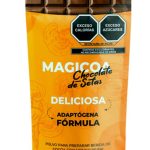As an Amazon Associate ,I earn from qualifying purchase .
Building muscle is more than just hitting the gym or lifting weights. It involves a complex combination of factors such as nutrition, recovery, and targeted training strategies. Understanding the science behind muscle growth and strength improvement is crucial for anyone seeking effective results. In this article, we’ll break down key muscle growth techniques, how to build lean muscle, optimize recovery, incorporate resistance training, and more—all focused on improving muscle in a sustainable and efficient way.

Muscle Growth Techniques: The Science Behind Hypertrophy
Muscle growth, or hypertrophy, occurs when the muscle fibers experience stress or damage through physical exertion and then repair themselves, becoming stronger and larger. There are two types of hypertrophy:
- Myofibrillar Hypertrophy – This involves an increase in muscle fiber size, contributing to overall strength.
- Sarcoplasmic Hypertrophy – This is an increase in the volume of sarcoplasmic fluid in the muscle cells, leading to more visible muscle size without necessarily improving strength.
The most effective muscle growth techniques focus on stimulating both types of hypertrophy. To do this, follow these strategies:
- Progressive Overload: Gradually increase the amount of weight you lift over time. This continual stress forces muscles to adapt and grow.
- Time Under Tension: Focus on the duration your muscles are under strain during each lift. Slower repetitions can increase tension and stimulate growth.
- Compound Movements: Exercises like squats, deadlifts, and bench presses engage multiple muscle groups, leading to more significant overall gains.
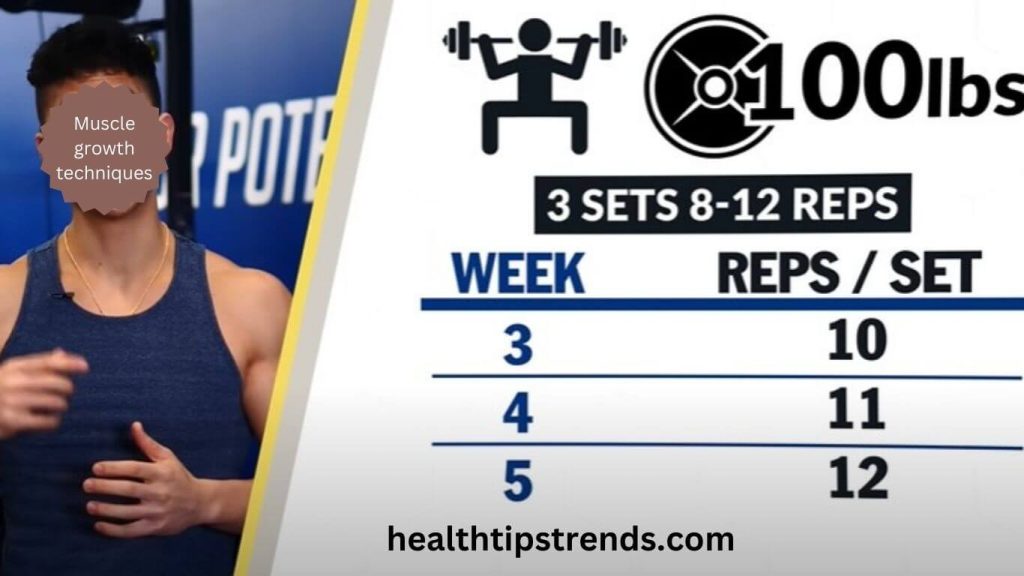
Building Lean Muscle: A Strategic Approach
Building lean muscle is about increasing muscle mass while minimizing fat gain. To achieve this, it’s essential to strike a balance between caloric intake, training intensity, and nutrient timing.
- Caloric Surplus: To gain muscle, you need to consume more calories than you burn. However, this doesn’t mean overeating. Focus on a moderate surplus—about 300-500 extra calories per day.
- Macronutrient Balance: Aim for a balanced intake of macronutrients—protein, carbohydrates, and fats. Protein is particularly critical for muscle synthesis, but carbohydrates provide the energy needed for intense training, and fats support hormone production.
- High-Intensity Training: Engage in workouts that are challenging but don’t lead to excessive fatigue. This will help maintain muscle while minimizing fat accumulation.
- Lean Protein Sources: Incorporate protein-rich foods such as chicken, turkey, fish, eggs, and legumes to promote muscle growth without the added fat.
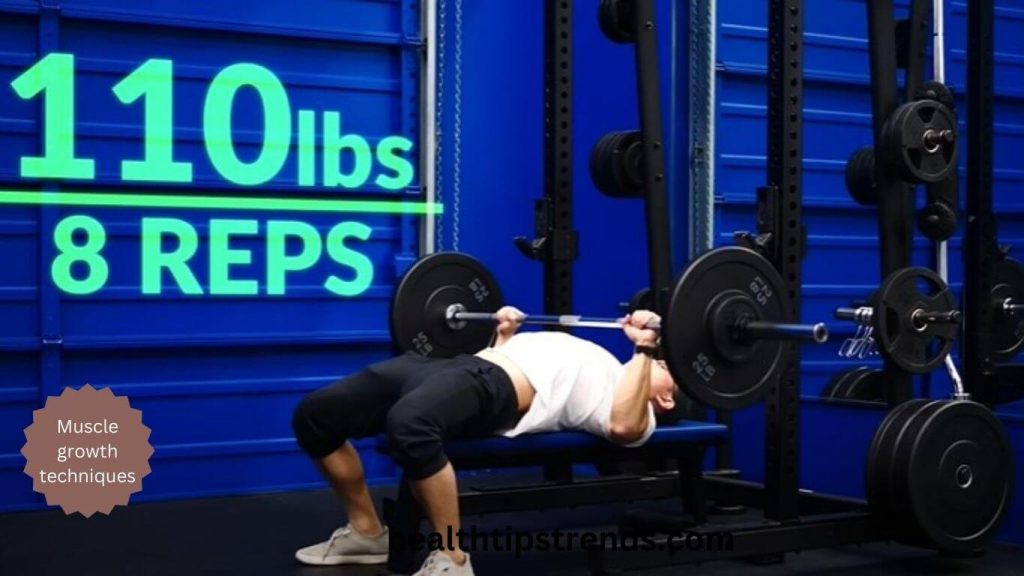
Muscle Recovery Strategies: Rest and Repair for Optimal Gains
Muscle growth doesn’t happen during exercise; it happens during recovery. When you work out, your muscles undergo stress and micro-tears, and the recovery phase is when your body repairs and strengthens them.
- Sleep: One of the most overlooked aspects of recovery is sleep. Aim for 7-9 hours per night. Growth hormone, which plays a vital role in muscle repair, is secreted primarily during deep sleep.
- Active Recovery: Incorporating light activities like walking, swimming, or yoga can promote blood circulation and nutrient delivery to the muscles, aiding recovery without causing further fatigue.
- Stretching and Foam Rolling: These techniques improve flexibility, reduce muscle stiffness, and aid in recovery by promoting blood flow to the muscles.
- Rest Days: Plan rest days into your weekly training schedule. Overtraining can lead to injury, fatigue, and muscle breakdown rather than growth.

Resistance Training Exercises: Key to Strength and Size
Resistance training, which involves working against a force to stimulate muscle contractions, is one of the most effective ways to improve muscle. It includes a variety of methods such as using free weights, resistance bands, or body weight.
- Free Weights: Exercises like deadlifts, squats, bench presses, and overhead presses target large muscle groups and are excellent for building overall strength and size.
- Bodyweight Exercises: Push-ups, pull-ups, and lunges are great alternatives when equipment is unavailable. These exercises still provide significant muscle stimulus, especially when performed in high repetitions.
- Resistance Bands: These versatile tools add a unique type of resistance that challenges muscles differently than traditional weights, making them ideal for targeting smaller stabilizing muscles.
- Machines: While free weights are preferred for functional strength, machines help isolate specific muscle groups and are less likely to cause injury, making them a good addition for beginners.

Protein for Muscle Gain: The Building Block of Muscle
Protein is critical for muscle growth because it provides the amino acids needed to repair and build muscle tissue. Several studies have shown that higher protein intake correlates with improved muscle gains, especially when paired with resistance training.
- Daily Protein Intake: For muscle growth, aim for 1.6-2.2 grams of protein per kilogram of body weight. For a 70kg person, this would equate to 112-154 grams of protein per day.
- Timing Matters: Consuming protein immediately after your workout helps initiate muscle repair. Aim for a post-workout meal or shake within 30 minutes to an hour after exercising.
- Protein Sources: Opt for high-quality sources like lean meats, fish, eggs, dairy, and plant-based options like lentils, beans, and tofu. Whey protein powder is also a convenient way to meet protein needs.
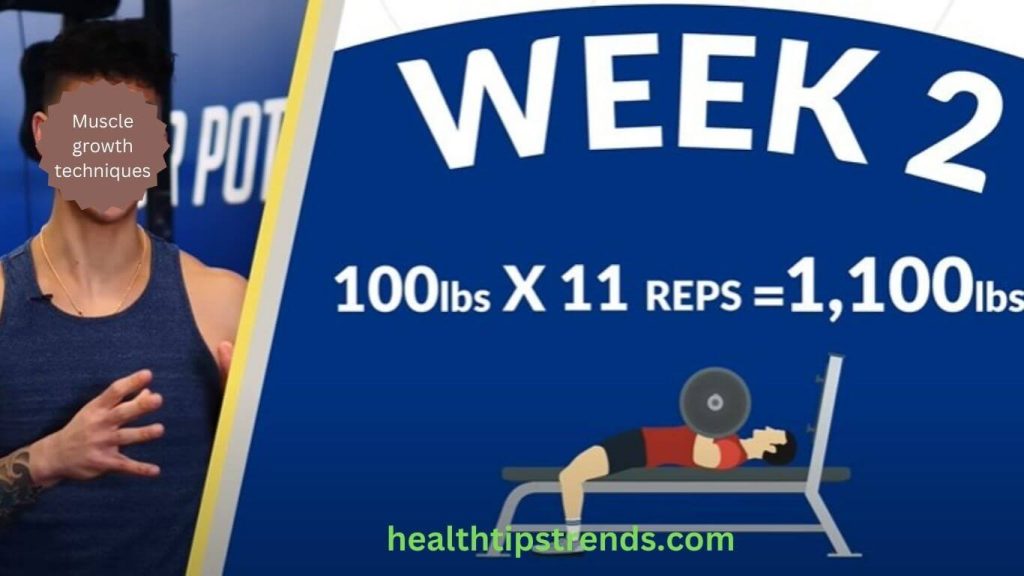
Effective Workout Routines: Structuring for Success
A well-structured workout routine is essential for optimizing muscle growth. The key is to focus on variety, consistency, and progressive overload.
- Split Routine: This involves dividing your workouts by muscle groups (e.g., chest and triceps one day, back and biceps another). This allows each muscle group to rest while others are being trained.
- Full-Body Routine: Ideal for beginners or those short on time, full-body routines involve working all major muscle groups in one session. These can be done 3-4 times a week for optimal results.
- Supersets and Drop Sets: Advanced techniques like supersets (performing two exercises back-to-back) and drop sets (reducing weight after reaching muscle fatigue) can intensify your workout, stimulating more muscle fibers.
- Rest Between Sets: For hypertrophy, aim for 60-90 seconds of rest between sets. For strength training, longer rest periods of 2-3 minutes are more appropriate.

Muscle Toning Methods: Achieving Definition
Muscle toning is not just about losing fat; it’s about sculpting the muscles to become more defined. This requires a combination of strength training, proper diet, and cardiovascular exercise.
- Higher Reps with Moderate Weight: For toning, use moderate weights and perform 12-15 reps per set. This builds muscle endurance and contributes to muscle definition.
- Circuit Training: This combines strength and cardio exercises, working multiple muscle groups and burning calories, which helps reveal muscle tone.
- Diet for Definition: A diet low in refined carbohydrates and high in lean proteins, healthy fats, and vegetables is key to losing fat and revealing muscle tone.
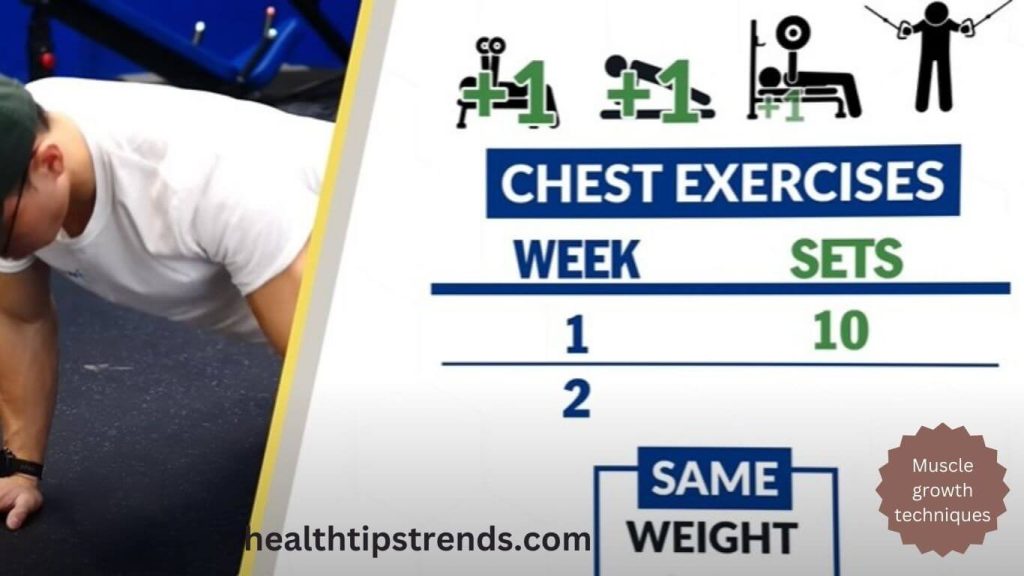
Best Exercises for Muscle Growth: Compound Movements Are King
Certain exercises are particularly effective at promoting muscle growth due to their ability to recruit multiple muscle groups.
- Squats: One of the best overall exercises for building lower body strength and size, squats engage your glutes, hamstrings, quadriceps, and core.
- Deadlifts: This full-body movement targets the back, glutes, hamstrings, and core, making it essential for building muscle and strength.
- Bench Press: This classic chest exercise also engages the triceps and shoulders, contributing to upper body strength and size.
- Pull-Ups: One of the best exercises for building upper body strength, pull-ups target the back, shoulders, and biceps.
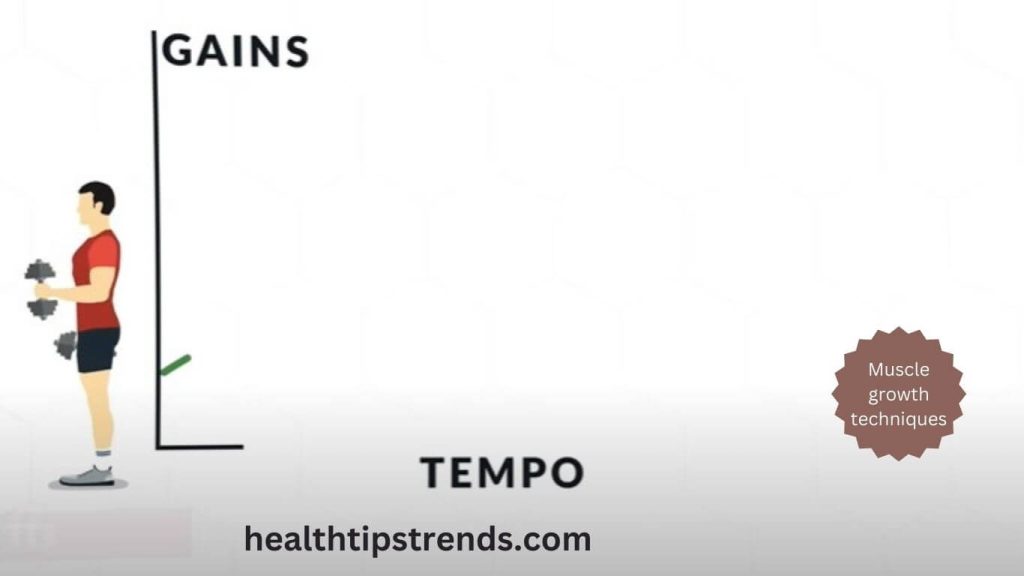
Muscle Strength Improvement: Strategies for Getting Stronger
Improving muscle strength goes hand-in-hand with muscle growth, but it requires a slightly different approach. The focus should be on lifting heavier weights and using fewer repetitions.
- Low Rep Ranges: For strength, work in the 3-6 rep range with heavier weights. This targets the neural adaptations necessary for strength gains.
- Focus on Form: Proper form is essential for avoiding injury and maximizing strength gains. Consider working with a trainer to ensure your technique is correct.
- Deload Weeks: Incorporating lighter training weeks allows your muscles and central nervous system to recover, ensuring long-term progress without burnout.
Conclusion
Improving muscle involves a multifaceted approach combining effective workout techniques, proper nutrition, and recovery strategies. By focusing on progressive overload, consuming enough protein, and allowing for adequate recovery, you can optimize both muscle growth and strength. Incorporating resistance training, structured routines, and compound exercises will ensure you build lean muscle while achieving overall muscle tone and definition. Use these muscle growth techniques to tailor your approach and consistently work towards stronger, healthier muscles.

